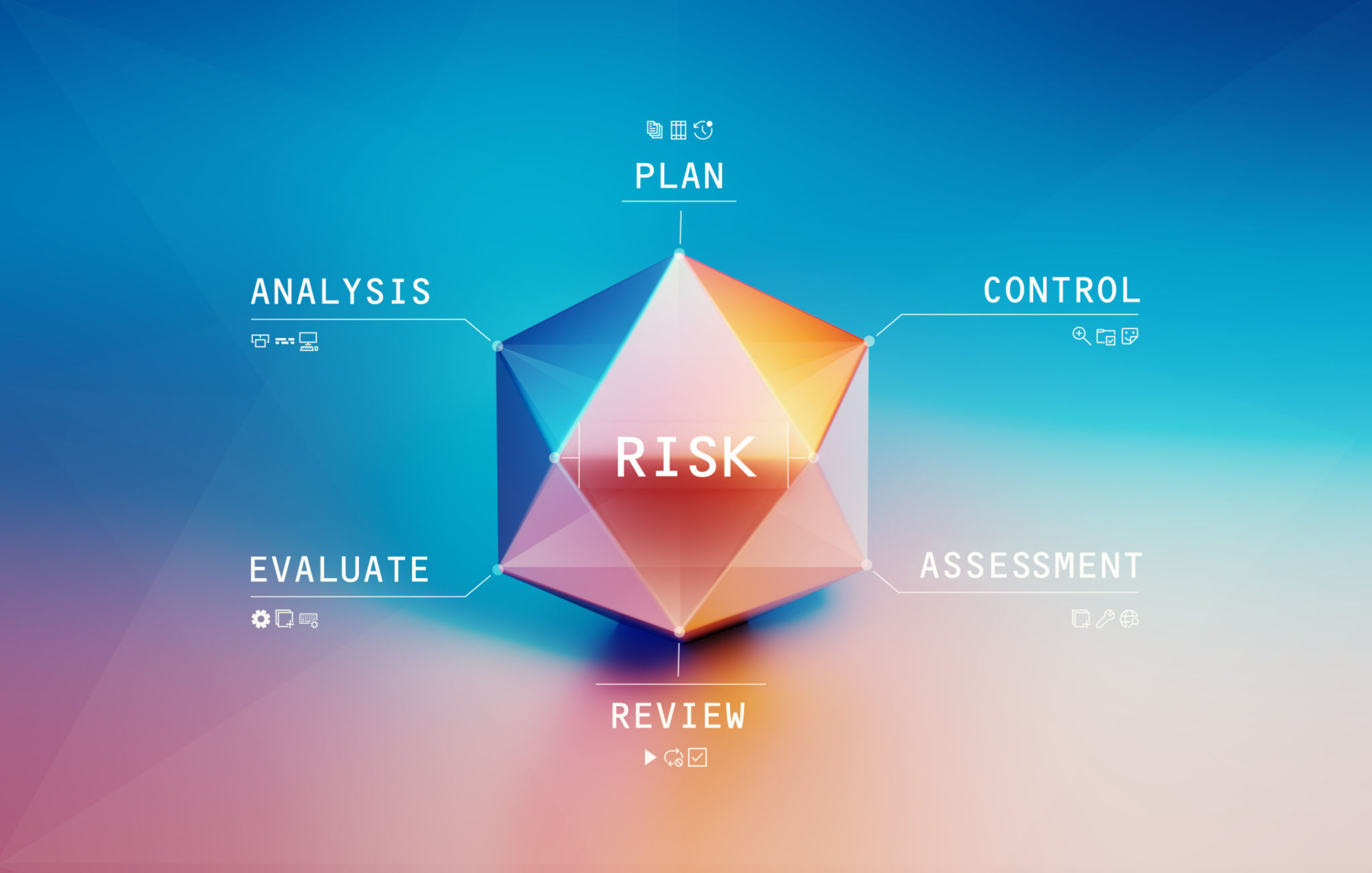Effective Risk Management Strategies for New Traders: Protect Your Investments
Understanding Risk Management
For new traders, diving into the world of trading can be both exciting and intimidating. While the potential for profits is alluring, the risks involved can lead to significant losses. Effective risk management is crucial for protecting your investments and ensuring long-term success in the trading realm.
Risk management involves identifying, assessing, and prioritizing risks followed by applying resources to minimize, control, and monitor the probability of unfortunate events. By understanding and implementing effective risk management strategies, new traders can safeguard their investments and build a sustainable trading career.

Setting Realistic Goals
Setting realistic goals is a fundamental aspect of risk management. As a new trader, it's essential to establish achievable targets based on your financial situation and market understanding. Unrealistic expectations can lead to overtrading, excessive risk-taking, and ultimately, financial losses.
Begin by determining your risk tolerance. This involves assessing how much risk you are willing to take in pursuit of your trading goals. By understanding your comfort level with risk, you can set appropriate targets that align with your overall trading strategy.
Developing a Trading Plan
A well-defined trading plan is instrumental in managing risk effectively. Your trading plan should outline your entry and exit strategies, risk-reward ratio, and position sizing. This comprehensive approach helps in making informed decisions and reduces the likelihood of emotional trading.

Diversification as a Risk Management Tool
Diversification is a time-tested strategy for minimizing risk in any investment portfolio. By spreading your investments across various asset classes, sectors, or markets, you can reduce the impact of a single loss on your overall portfolio.
For new traders, diversification can be achieved by investing in different types of securities such as stocks, bonds, and commodities. Additionally, consider diversifying within asset classes by selecting securities from different industries or geographical regions.
Utilizing Stop-Loss Orders
Stop-loss orders are an essential tool for managing risk. A stop-loss order automatically sells a security when it reaches a predetermined price level, thereby limiting potential losses. For new traders, setting stop-loss orders is a disciplined approach to protect investments from significant declines.

Continuous Learning and Adaptation
The trading landscape is constantly evolving, making continuous learning and adaptation vital components of effective risk management. New traders should dedicate time to educate themselves about market trends, new trading tools, and evolving strategies.
Engage with trading communities, read industry publications, and participate in webinars to stay updated with the latest developments. By doing so, you can refine your strategies and adapt to changing market conditions more effectively.
Monitoring and Reviewing Performance
Regularly monitoring and reviewing your trading performance is crucial for ongoing risk management. Analyze past trades to identify patterns or mistakes that may have contributed to losses. Use these insights to adjust your strategies and improve future performance.
Implementing a rigorous review process enables traders to learn from their experiences, hone their skills, and ultimately enhance their ability to protect their investments over time.